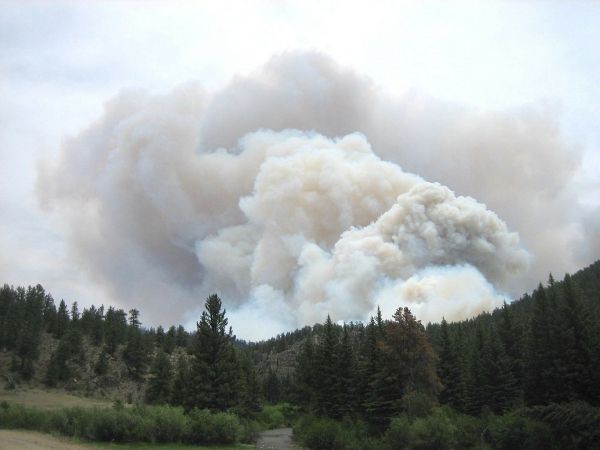As wildfires burn more often across the Western United States, researchers at the U.S. Department of Energy’s Pacific Northwest National Laboratory are working to understand how extensively blazes burn. Their investigation, aided by machine learning techniques that sort fires by the conditions that precede them, not only reveals that the risk of wildfire is rising, but also spells out the role moisture plays in estimating fire risk.
In findings shared virtually at the American Geophysical Union’s 2020 fall meeting on Tuesday, Dec. 1, atmospheric scientists Ruby Leung and Xiaodong Chen detailed their study of decades-long wildfire records and new simulations of past climate conditions, which they used to identify variables that lead to wildfires. The two will answer questions virtually on Tuesday, Dec. 8.
Surprisingly, just enough humidity in the air—not enough to lead to precipitation—can boost the likelihood of lightning, which can ignite dry grasslands or water-starved trees. The CZU Lightning Complex fires in Santa Cruz, Calif., for example, were triggered by lightning on Sunday, Aug. 16, 2020, and burned nearly 1,500 structures.
Read more at: Pacific Northwest National Laboratory
Photo Credit: 12019 via Pixabay


